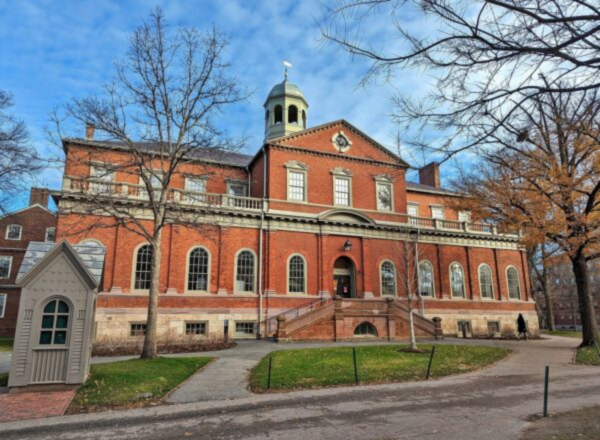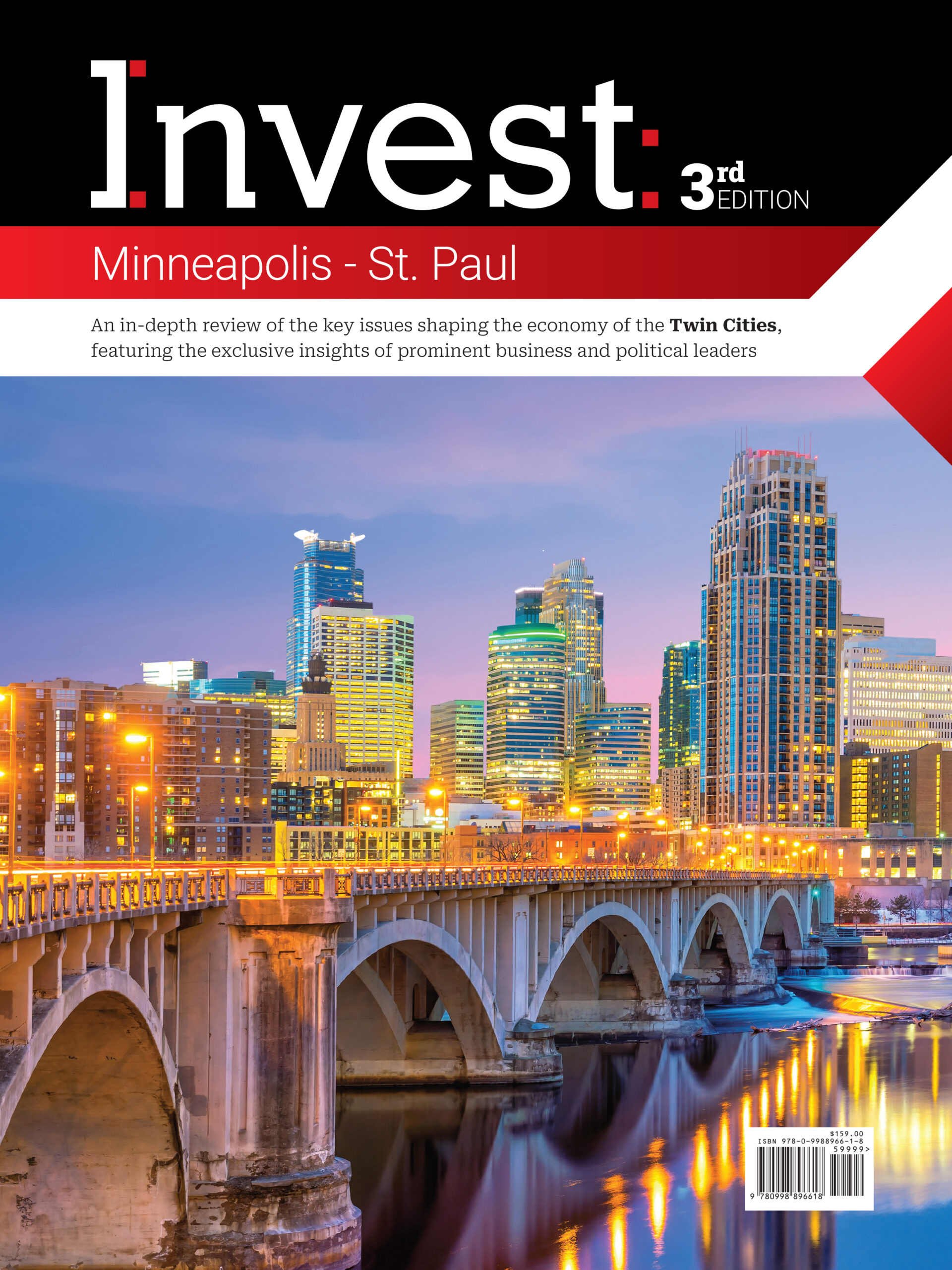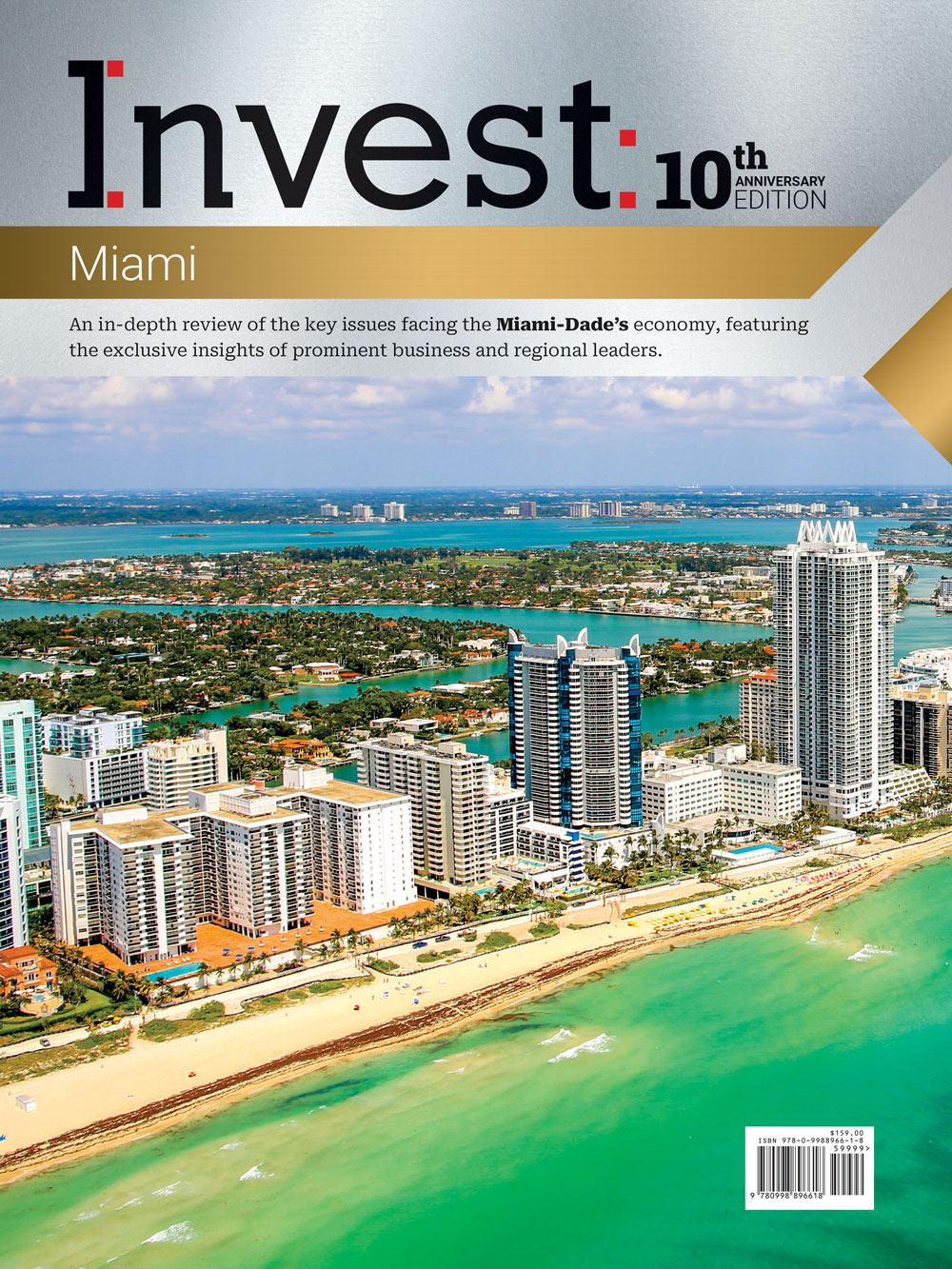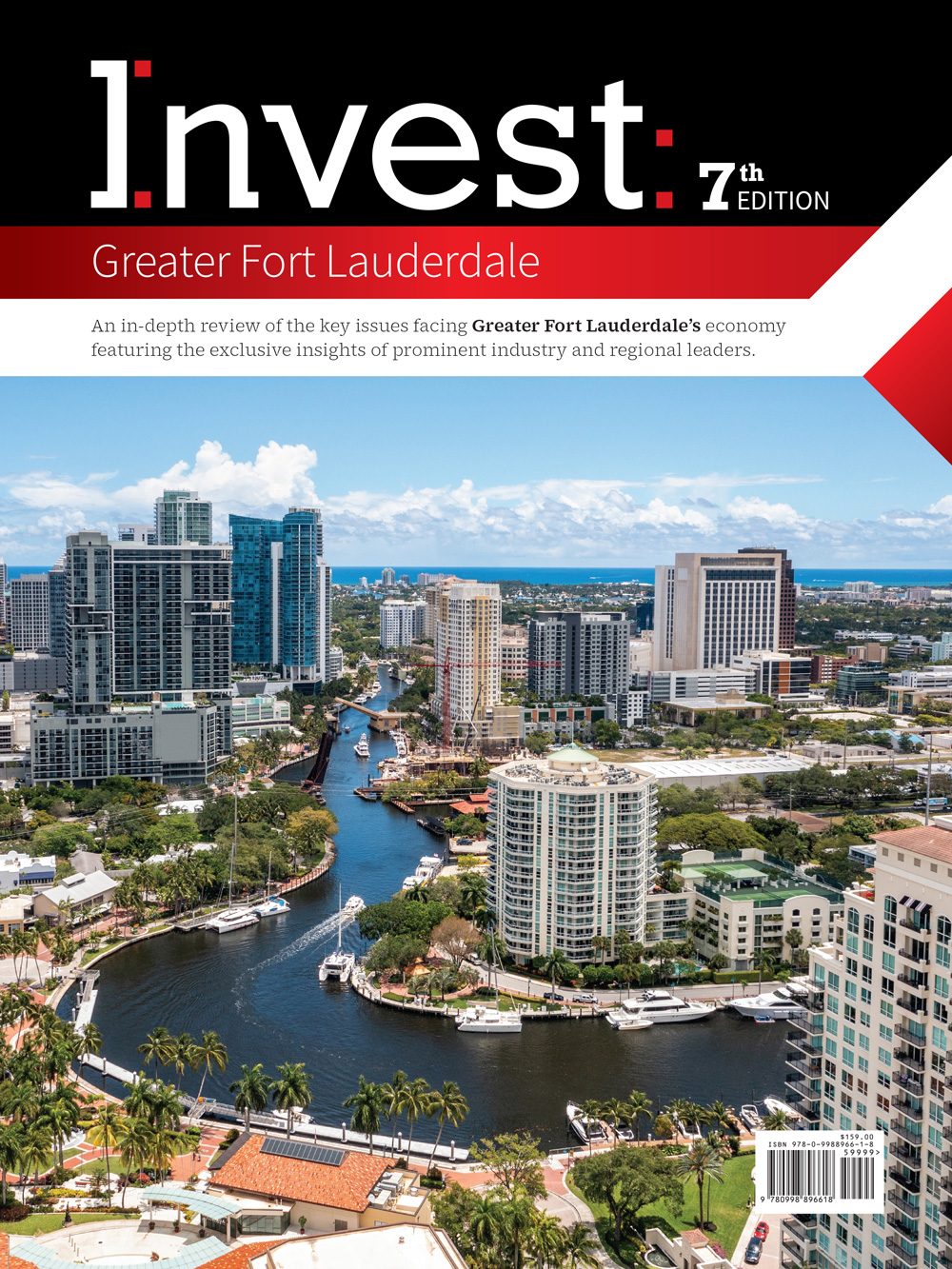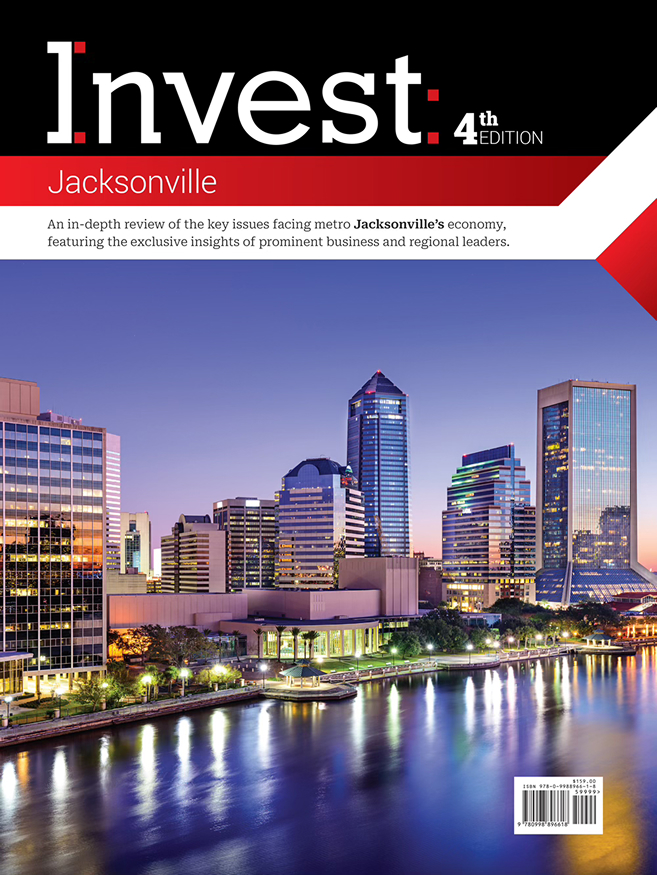Spotlight On: Gris Bailey, President & CEO, Latin American Chamber of Commerce of Charlotte

July 2024 — Invest: spoke with Gris Bailey, president and CEO of the Latin American Chamber of Commerce of Charlotte, about its new hub on the east side of Charlotte called Spark Central, why immigration is important, and why the chamber moved from a sponsorship model to a partnership model.
What would be missing for the Latino community if there wasn’t a Latin Chamber of Commerce in Charlotte?
The first thing that would be missing is community. For the chamber, networking equals community and it is one of our pillars. Whenever we meet someone that is new to Charlotte, we bring them to our events because this is where they will begin building community. At any given networking event, you will see many familiar faces and you will see new faces. Our team always makes them feel at home and makes it a point to introduce them to other members in our community. We have smaller monthly events that range from 65-100 in attendance to our signature events, such as Lunch with the Mayor, Art without Walls, Annual Social Capital event and Annual Meeting/ Gala, which attract 300-600 guests. Secondly, we provide many opportunities for our members through our partners. If we didn’t have a Latin Chamber many people would feel lost and alone when coming to Charlotte.
You recently shifted from a sponsorship model to a partnership model. How has that shift helped further entrench the chamber in the community?
We currently have 17 partners, which is a good number because we are truly partnering with corporations and organizations that want to see real impact and urgency in the community. Our partners provide the resources for the programs and events that speak to them and are in alignment with their company pillars and we bring the people, the energy and the stories that follow. When you are touching people’s lives, we learned that you have to go deep and not wide. We would rather have 17 great partners that will walk the journey with us than 100 that will meet a quota. Additionally, we don’t want to be stagnant, so we meet and ask what is going right and what is going wrong in this shifting tide. Asking questions, like “have things changed?”, rather than, “are we on target?” are the types of questions that will continue to propel us forward. Our partners trust us, our members trust us, and we trust them and each year the partnerships get bigger and better. Partners are part of an ecosystem that only Latino community leaders in Charlotte would know that exists.
How have your workforce initiatives and partnerships progressed, and how does that impact local business?
It is one of our most loved initiatives. Many chambers don’t focus on youth, but rather, established professionals. We decided it was important to build the Latino youth for two reasons. Firstly, The Latino workforce is significantly younger than other demographic groups, with the majority falling under the age of 25 and the most common age range being 10 to 14 years, compared with 60 to 64 years among non-Latinos. Second, the Department of Labor says that by 2030 Latinos will account for 78% of new net workers in the country. Our focus is on those young people, and we need to invest in them and make sure they feel that they are a part of this community. Our program Cultivando Talento (Cultivating Talent) started a couple years back, and we have graduated seven cohorts and aprox.150 students. We provide them with soft skills training and take them to Washington, D.C., so they can experience the capital where decisions about their lives are being made every day. This gives our students a sense of belonging and we encourage proactive engagement so they can contribute to making positive shifts in the community. When they come back, we have a list of students who are looking for jobs and we plug them into the workforce. It works so well that we are starting conversations with other partners for specific pipelines including a skills trade pipeline geared towards high school students, and a health and education pipeline. The byproduct of this program is the social capital that they are creating. Ten years from now, this is currency that they don’t realize they are building.
What is the status of your new facility in Charlotte that is being constructed?
Thanks to the support from the county and the city ARPA funds, we recently purchased nine acres on the east side with an existing 45,000-square-foot building that we plan to renovate. The building was an event space where according to the previous owner, Ray Charles played there in the 1970’s, and more recently it was used to house flea market vendors. This space that we have coined “Spark” will house non-profits that are focused on workforce development, Entrepreneurship training and economic development in our great city. We have the backing of the county and city, and we are now looking for private partners to help us build this center. The Latin Chamber will be housed there with other non-profits that are serving businesses and workforce development. It will be our hub to serve the community for years to come, where data will be collected and a trusted space for minority small business on the east side can spark so much more. We have so much great programming and resources in Charlotte but the reality is that these resources must be housed in a trusted space in order to be accessed by those in the community that have traditionally been marginalized and disenfranchised.
How vital is immigration for the United States to stay competitive?
We need bipartisan immigration reform. We have needed it for a very long time, and we need to bring the parties together and come to a consensus that it is the right thing to do for our businesses and economy. In North Carolina we have over 24,000 active Deferred Action for Childhood Arrival (DACA) students who are living in limbo. If only we provided a pathway to citizenship for these students and their families, think of how many more families would be grateful, engaged and great contributors to this country. I know this is a federal issue, but everything starts at home and North Carolina has a long way to go on this issue. Additionally, there is a big misconception that most Latinos are undocumented, which is not true at all. The Pew Research center reports that, out of the 47.0 million foreign born population 49% are Naturalized Citizens, 25% are lawful permanent residents, 4% are Temporary lawful residents and only 22% are unauthorized immigrants. Undocumented immmigrants make up a small percentage of the overall foreign born population, yet, the media will have you believe that most immigrants are “illegal.” The statistics show that most Latinos were born here or were naturalized. More importantly, the economic contribution that Latinos make to the US economy cannot be overlooked. The most recent Latino GDP study conducted by the University of Arizona shows that Latinos contribute $3.2 trillion to the U.S. economy — the 5th highest GDP in the world. Bipartisan immigration reform just makes good business sense, period.
What is your vision for Charlotte’s workforce, and how are you planning to get there?
I would like to see that all the stakeholders are driving the same agenda. Charlotte is very competitive, but we can decide together what the key pillars are to continue to make sure we will grow by building an ecosystem where everyone is taken care of. We can create an ecosystem of collaboration and we can work towards the same goal. Most people I talk with are optimistic about the future. Inflation and other challenges will pass, and we will continuously be focused on opportunities to move forward. Through challenge comes opportunity, so we are always focused on the opportunities.
For more information, please visit:
https://www.lacccharlotte.com/

